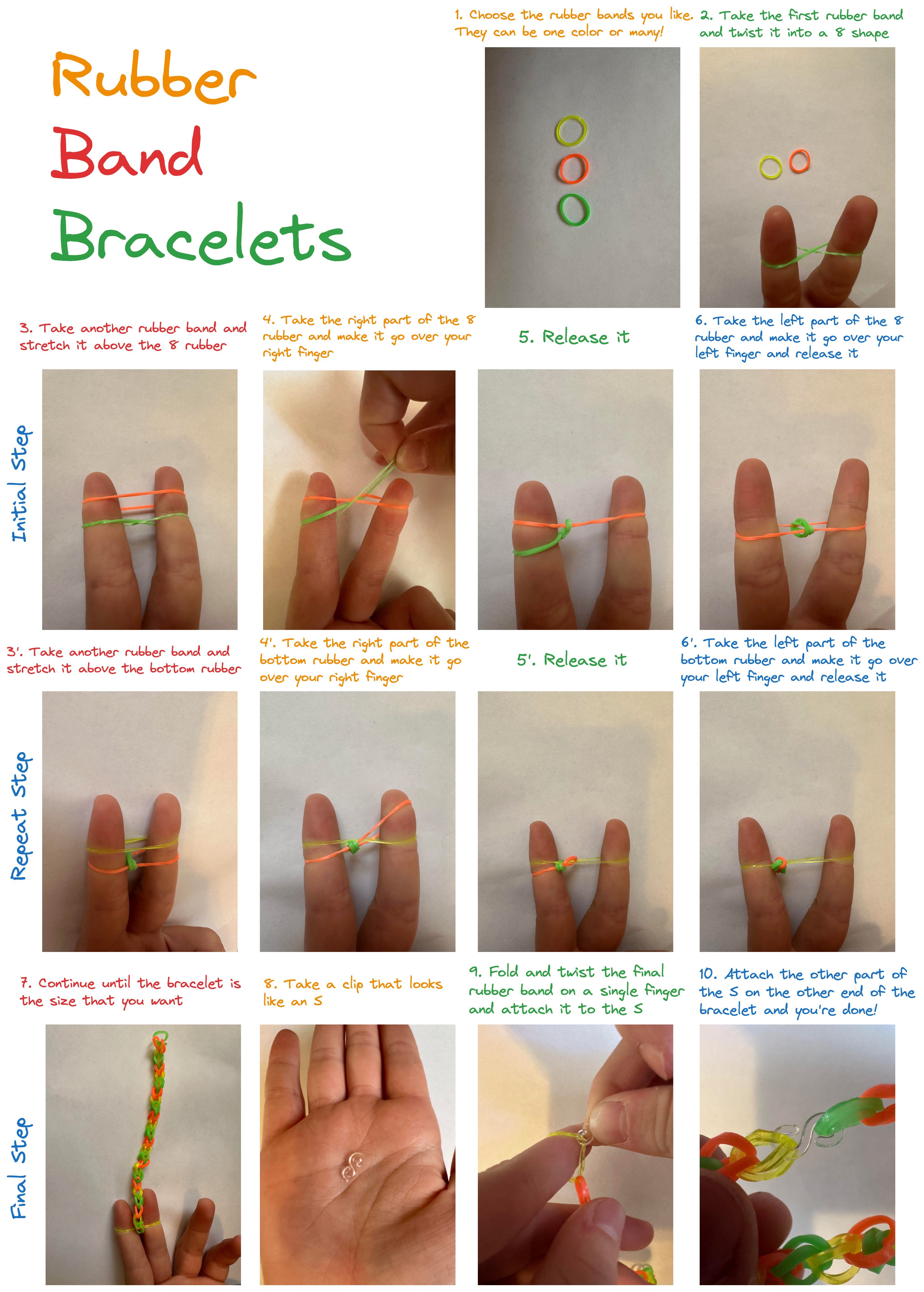I've been at this company for 12 years today and it feels like a good time to reflect on all the projects I've been involved in!
I found out over time that the projects where I thrive are spaces where the R&D phase is over and the tech now works but it needs to be turned into a proper product to start the exponential growth phase. My biggest strength is getting people excited about the crazy projects and working together. "Connecting People" is deeply ingrained into me!
Photos
Tagging
My bootcamp task was an open ended “use the new face.com bounding boxes to improve tagging”. I made a lot of UX tweaks so that you could tag a whole album only pressing enter and down arrow which led to huge increase in terms of number of tags on Facebook.
The best part is that it was a lot more than just tagging. That notification was the highest click through rate of the entire site: everyone wants to know how they look. So increasing it led to increased engagement. So improving the AI model for face detection and/or recognition directly led to engagement. This was the first time we had this positive feedback loop outside of newsfeed for an AI model.
We also used face information to better crop images when we had to. Instead of cropping on the center, we find the crop where we can fit most faces. This drastically reduced the number of awkward crops.
Image Delivery
I joined the Photos team to work on the photos page of your profile, was the third most visited page with billions of impressions a week. I wasn’t even out of college (was officially my final internship). Crazytown.
Anyway, I did a study of all the layout algorithms for displaying images across the industry and ended up implementing one. It wasn’t really a groundbreaking success (though newsfeed multi-image layout is still built on my findings today!) but as part of building it I struggled to find how to display images of the right size.
It turns out that I wasn’t the only one struggling and we were sending the wrong sizes all over the website. I ended up building an API to abstract away all the sizing computation and converted the biggest callsites.
The first conversion saved single digit percentage of total Facebook egress. Not only that but having a way to programmatically find sizes meant that we could stop storing awkwardly sized pictures on upload which let us delete double digit percentage of photos storage the next year. This is still being used to this day!
React
My main contribution with React was not technical but around building a community around it. In the very early days I would do a weekly summary of everything happening in React to generate buzz around it.
After a year, the community was big enough that I ended up organizing the massively successful initial React.js Conf and was heavily involved in the first few other conferences that popped up such as React Europe in Paris and React London.
I also encouraged people internally to talk about GraphQL during the first React.js Conf which ended up becoming another massive project on its own.
More recently, I got the original crew to participate in the React Documentary.
React Native
I participated in the initial hackathon that led to the React Native project and worked on it for a couple of years afterwards. The goal was to help with the Mobile First transition that Facebook was into at the time.
Impact
React Native nowadays is really successful. About 20% of the top 100 apps in all the US app store categories ship with the React Native SDK.
Internally, Marketplace (which is bigger than Craigslist btw), Ads Manager mobile and a long tail of features like Crisis Response.
Our AR/VR technology is heavily dependent on it. All the 2D in-headset surfaces are built with React Native. All the companion apps of our hardware (Quest, Rayban…) are built with React Native too.
Yoga
As part of the project I reimplemented a way to layout elements following the flexbox CSS specification. It was called originally css-layout and later renamed to Yoga.
The rationale behind this project is that all the layout algorithms implemented by app frameworks (iOS, Android, Web…) were all different and incompatible but did the same thing. If we wanted to be able to share code between platforms, we needed to have a single one. And you could implement a different one on all the platforms except for web.
It was successful for React Native and was later used by ComponentKit (iOS) and Litho (Android). This not only had a massive impact on its own but also meant that when the Bloks project came to be (driving UI from Hack with XHP), you could actually write things once and it would work on all the platforms. Including web when Bloks.js effort was started.
This keeps on giving wins, Threads was built using it and they could get three implementations working in such a short amount of time.
CSS-in-JS
In order to avoid having a similar backslash when we announced React where we mixed HTML and JS together, I went to a conference and talked about how mixing CSS and JS together could have a lot of advantages.
As expected this was very controversial but also spawned an entire ecosystem of libraries to make it work and change the way people write their front end code.
I spent 3 months trying to implement React Native styling system on our web stack but there wasn’t a lot of appetite for it. Until we decided to rewrite the entire front end stack with Comet and this was picked up under the name Stylex. We just open sourced it a few months ago and it is how all CSS at Meta is being written nowadays.
Industry Influence
While people were really excited about React Native for the cross platform aspect, our first focus was on making it a way better experience on a single platform compared to the status quo.
The rest of the ecosystem took notice. The tech lead who drove Airbnb’s adoption of React Native moved to Google to build Jetpack Compose using very similar ideas. Apple secretly worked on a competing framework for years called SwiftUI using the same paradigm. Google built Flutter.
Open Source
It’s not a secret that I’ve been a huge advocate for Open Source within the company, living to the "Make the world more open and connected" early mission of Facebook. A few years ago I looked and I was personally involved in half of the top 20 most popular Meta projects.
Docusaurus
For every open source project we have, we need to build a website for it. When React was released I used React to build its website (even if we didn't use it). Then, I copy pasted (yeah…) it for our next multiple projects: Jest, GraphQL, Watchman…
At some point the open source team got an intern who took my copy pasted website and packaged it into a proper tool called Docusaurus.
This is now what we use to create websites for most of our open source projects. The project is also open source and I regularly see it being used for many open source projects in the industry too.
Synchronization
There’s a huge question for open source projects as to where the source of truth lives. Either on github or in our own codebase.
For github first projects, the story is relatively simple where everything happens on github and once in a while we import the whole thing internally and use it as any other third party dependencies.
But if you want to be internal first, then you need to be able to import pull requests as internal diffs after a manual spot check from an employee, send sanitized CI feedback to the pull request and synchronize all the commits landed internally to github.
Well, I built a lot of that infrastructure for React Native and it’s been used ever since by all the open source projects that are internal first, which includes PyTorch.
Discord
We started the React community on IRC but it showed its age and the Reactiflux slack channel started gathering a lot of usage. Until Slack decided that it wanted to focus on company use case and started charging by user. They gave a $100k+ monthly bill so it had to move somewhere else.
I started looking at options and honestly they were all terrible. Except for an unlikely one: Discord. It was a gaming-focused app mostly for voice at the time. I helped their CTO with React Native questions a few years earlier as they were one of the first to use it for their mobile app.
I ended up orchestrating the move that has been a great success in itself. But what happened is that it started a trend within the open source community where discord eventually became the place where all the projects built their community there.
Discord created a specific variant of their product for open source community and then eventually rebranded their entire company to not only focus on gamers but everyone.
Online IDEs
I like doing side projects but I found it way too annoying to get started in the JavaScript stack compared to my trusted old PHP, so I wrote a challenge to improve the status quo.
Turns out two people took on the challenge and ended up creating two successful companies out of it: CodeSandbox and StackBlitz! Pretty incredible how framing a problem can have such a large impact.
Code Formatting Landscape
When I started working on Prettier in 2017, nobody at Meta believed in automatic full code formatting on proper programming languages.
I’m so happy that the state of the world is the opposite now, where programming languages that are not automatically formatted are the exception.
Some of the timeline and highlights.
- January 10 2017, prettier initial release was open sourced.
- July 2017: 50%. December 2017: 75%. March 2018, 100% of www js files were formatted with prettier.
- March 2018, Łukasz Langa did the initial release of black, a python formatter modeled after prettier.
- July 2019, @format enables hackfmt on hack files.
- November 30 2021, 70% of hack files were formatted with hackfmt and it was made the default.
It’s been a very long road filled with many many people that spent their time removing all the roadblocks both technical (CI, linting, codemods, land, IDE integration…) and non-technical (convincing people that it’s a good idea).
I’m so proud that Facebook has been leading the way in the industry there where both prettier and black originated here.
I was using the annual JavaScript survey where they ask people what tool they used in the industry. Sadly a few years ago they just stopped asking the question because “prettier is like git, everyone’s using it”.
Prettier is also relatively (in open source standards) well resourced with $120k total donations. I’ve been paying two people $1.5k a month to keep it maintained for the past two years.
I’m also glad that I never have to format my code anymore. It’s such a waste of time, both when editing code and puts people in a situation of conflict when doing code review for no good reason.
Client Foundation
I joined Client Foundation, which is building all the tooling for managing client-side performance and reliability of Facebook, Instagram, Messenger for iOS, Android and Web. The pitch was that the org had too many tools and customers found them confusing, ugly and data was not to be trusted and they needed help to solve the problem.
UX Team
I first looked at the composition of the org and there was 0 PMs, 0 designers and a handful of UIEs, but mostly not working on UI. This was clear that we needed to change things on that front to be successful. I started hiring folks and transitioned to be a manager to support them.
A lot of education was needed around what is the role of UX in a pure infra org. The most effective way I found to do this is by being super involved in running Client Foundation calibrations and organizing company wide UIE Mashups.
When I moved out I was managing 25 people in an org of 150 people. And we had 3 PMs and 3 Designers. So about a 1/5 ratio of UX folks which made sense.
CV Home
The product strategy I pushed for is to have a single definition for what a metric is. Having this lets us build tooling that works together instead of being a lot of one offs.
The first step was to “fake it until you make it”. The advantage of working on the front-end is that it’s a lot easier to change things. This is where Perf Overview / CV Home was born.
We would display the topline metric, experiments regressing the metric, main QPL points and a few others. The way we decided what to build was data driven. We would look at real SEVs that happened and count how many times a particular data source would be useful.
Program Runner
JoBerg did a big vision exercise and the main realization was that our customers were not product teams but Product Foundation. This made us invest in a new offering: Program Runner.
The Facebook app historically was only focused on startup performance and newsfeed scroll performance. This made sense since this is where a large part of time spent. But in practice Facebook has many sub products inside which if they are bad, taint the entire experience of users.
So Product Foundation strategy changed to have baseline metrics for dozens of teams across iOS and Android. And we enabled this with Client Foundation tooling working together for the first time.
Flight Deck
Release Engineering would join Client Foundation and I was asked to help with their product strategy.
The #1 job of Releng was to shepherd the releases of www and our mobile apps. But the TPMs working on mobile releases would literally last 3 months and quit because the process was so stressful and all time consuming.
This is when operation “Make Chris Happy” (another Chris) started. We did a deep dive into all the tasks he had to do in order to do a release and implemented them into a new tool called Flight Deck.
This massively improved the release process for mobile releases and has since been expanded to all the surfaces Releng supports.
Excalidraw
I’ve been using a tool to draw handwritten-like images for my blog post for 15 years at this point. But in January 2020 the tool broke and I decided to reimplement it for fun.
I had no idea that 3 months later Covid would hit and send everyone home and creating a market for a virtual whiteboard. It turns out that excalidraw, even though it was only 3 months old, was the best tool at that time.
All the tech companies, Facebook included, started to use it for their interview process. In addition it became used for a lot of the day to day activities such as brainstorming, architecture diagrams, notes illustrations…
In order to increase its reach, I convinced two people to create a company to support a SaaS product around it. Turns out even though it’s end to end encrypted and open source, lots of companies don’t feel comfortable to use it for their internal documents if a company isn’t behind it.
The company is striving with 10 full time employees, revenue positive without any investment. It supports the open source version which gets meaningful updates every year, which we use at Meta.
A few companies were built on the success of excalidraw and raised multiple million dollars. Tldraw which is a spinoff from a contributor of Excalidraw. Eraser which builds a meeting side-view using excalidraw.
Having a good virtual whiteboard is likely to be a core part of any working environment down the line. Covid got people to be looking for it but it keeps being useful even after people came back to the office.
GenAI
While I’ve been focusing my work on the front-end space, I actually studied Computer Vision and AI at my school. I’ve been closely following the AI space which have been booming ever since I joined Facebook with “deep learning”.
When ChatGPT started making waves, I was quickly convinced that we needed to have something like it for employees trained on our codebase, wiki, feedback groups…
Thankfully, the company prioritized it and a big team was quickly formed around the project. I made a few key decisions to ensure that the project that became Metamate would be successful as a lot of people jumped in:
- There should be a single place where we store the communication history. In practice storing data comes with a lot of privacy and compliance processes. We should do it once and not have a bunch of projects come up with half baked one that need to be fixed over time.
- A lot of the value is going to come from integrations with our various internal tools. I started with generic ones such as Workplace Messenger, Comments and Groups via Butterfly integration. We’ve then seen chrome extension, Phabricator, SEV… and I expect that in the next few years most of them with use AI in some way or another.
- The main entry point is going to be an intern tool and it should be treated as a consumer product. The project was initially funded for a VSCode assistant. I also did a significant amount of work and influence to have the intern tool feel amazing and have 0 UI jumps.
- We should invest in a proper rollout process for the model. AI model delivery at the company feels like a huge step back from software engineering principles. I pushed to get a proper test suite of questions / answer pairs to make sure we could track how the model changed over time and prevent regressions, as well as getting to a train model where we ship it on a regular cadence.
- LLM As A Function. So far most of the LLM usage has been “one-shot” where we prepare a lot of the data in the prompt and return the result of the LLM to the user. But I am convinced that more and more we’ll use LLM as a building block in our codebase like a regular function. For this, having the ability to force LLMs to return correct json following a schema 100% of the time is going to be critical.
This project felt like the early days of Facebook where a bunch of people banded together to work and ship cool stuff quickly!
Women in Tech
Sheryl Sandberg has been a huge inspiration for me. I’ve made a personal commitment to do what I can to make the women around me successful.
I make time to attend women related events to learn what are the challenges they are facing such as the yearly Women in Leadership Day. I have proactively organized many meetups for women within Client Foundation and DevInfra women managers. I also prioritize mentoring high performing women.
As a result of all the above, I’ve been able to hire amazing women to the teams I’ve been on. In Client Foundation, there was around 50% women/men ratio all the way up to 25 people in my organization. We're currently at 8 / 20 in my current team.
This is hopefully going to change the industry for the better!



































































